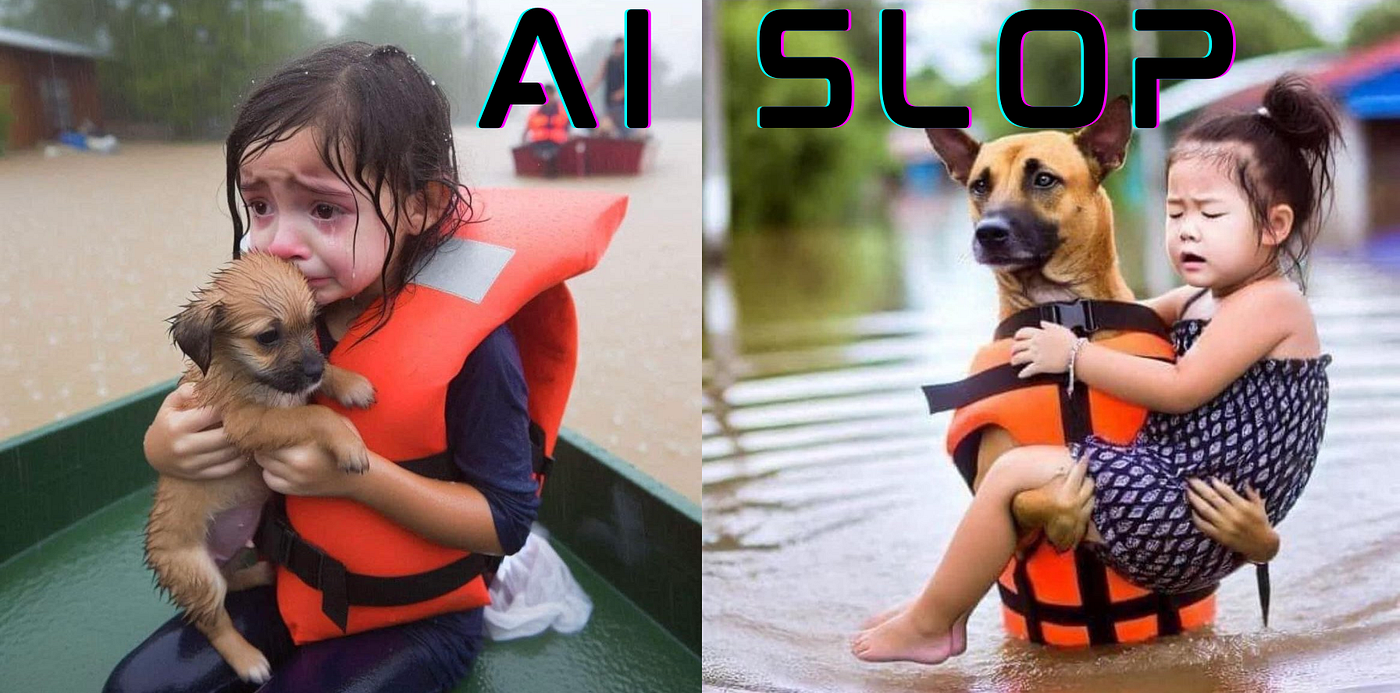Introduction
If your social feed feels like an AI-infused rollercoaster, you’re not imagining it. Over the past weeks, AI-generated clips—from cat soap operas to “cameo” versions of users themselves—have surged into mainstream apps, turning short-form video into the latest battleground for AI innovation. OpenAI’s Sora and Meta’s Vibes are leading the charge, offering new ways to create, remix, and share video content at speed. But with great capability comes great complexity: copyright, likeness rights, misinformation, and the race to monetize engagement.
The Rise of AI Video Short-Form: What’s Driving the Surge
- New generation of creators: Cameos and personalized AI avatars let users insert themselves into endless scenes, boosting creativity and engagement.
- Platform bets on short-form video: TikTok popularized the format; now Instagram, Meta, and others are doubling down on AI-enabled video to recapture attention and ad dollars.
- Accessibility and virality: AI tools simplify video creation, making it easier for non-professionals to produce polished, shareable content with minimal effort.
- Early signs of sticky engagement: Early data points and early viral clips suggest AI-generated videos have high view-through rates, which attract creators seeking rapid growth.
Key Players and What They’re Offering
- OpenAI’s Sora: A video generator enabling short clips with AI-assisted editing, plus cameo-style personalization that can reuse a user’s digital likeness.
- Meta’s Vibes (within Meta AI): An AI video tool embedded in Instagram, expanding short-form video creation with AI-assisted effects, templates, and faster production.
- Cameos and IP considerations: The ability to place digital versions of real or fictional characters raises copyright and likeness questions, prompting evolving consent and control mechanisms.
Copyright, Likeness, and Safety Considerations
- Opt-out vs. opt-in IP controls: Platforms are experimenting with consent models to balance innovation with rights holders’ protections.
- Deepfakes and misinformation: High-engagement AI videos can be misused to impersonate public figures or misrepresent events, underscoring the need for clear labeling and origin disclosure.
- Privacy and consent: Using a user’s likeness or avatar in generated content raises privacy concerns, especially for minors or unconsenting individuals.
- Platform responsibility: Companies are under pressure to implement robust safeguards, transparent policies, and easy-to-use moderation tools.
What This Means for Creators, Viewers, and Advertisers
- Creators: Access to powerful tools lowers the barrier to high-volume content creation and experimentation, potentially leveling the playing field for new creators.
- Viewers: Feeds may become more immersive and personalized but also noisier, making authenticity signals and fact-checking more important.
- Advertisers: AI-generated content can accelerate production and testing, but brands must navigate reputational risk and ensure brand-safety in AI-enabled clips.
Potential Risks and Mitigation Strategies
- Authenticity and trust: Require clear labeling of AI-generated content and origin metadata to help audiences distinguish real from synthetic.
- Intellectual property: Strengthen IP controls, licensing, and opt-in mechanisms for using copyrighted characters.
- User safety: Build robust content moderation and user-reporting flows to curb harassment, impersonation, and exploitation.
- Regulatory scrutiny: Prepare for evolving rules around synthetic media, data privacy, and platform accountability.
What to Watch Next
- Adoption rates and engagement metrics: How quickly AI video tools grow, and whether they sustain long-term user interest.
- Policy updates: New terms of service, consent frameworks, and IP protections tied to AI-generated media.
- Platform interoperability: Whether tools begin to share universal standards for labeling, metadata, and safety features.
Practical Takeaways for Stakeholders
- For creators: Experiment with AI cameos and short-form formats to test audience reactions, but stay mindful of disclosure and rights.
- For brands: Consider pilot campaigns using AI-generated content with strict adherence to brand safety and IP compliance.
- For policymakers and platforms: Monitor and shape guidelines around consent, labeling, and content provenance to protect users while fostering innovation.
Conclusion
AI-generated short-form video is becoming a dominant force in social media, reshaping how we create, consume, and monetize content. With innovations like Sora and Vibes, and a wave of cameos and synthetic storytelling, the internet risks getting a little sloppier—and more entertaining—at the same time. As creators rush to ride the wave, the conversation around rights, safety, and responsibility will be essential to ensure this new era of AI-aided content remains trustworthy and enjoyable.
FAQs
- Is AI-generated video content always safe to publish?
- Not always. It’s essential to label AI-generated content, respect intellectual property, and ensure you have rights to any included likenesses or characters.
- How can platforms balance creativity with safety?
- By implementing clear labeling, opt-in IP controls, robust moderation, and easy-to-understand consumer protections for users.
- What should viewers look for in AI video feeds?
- Transparency about content origin, recognizable branding, and easy access to source or creator information when possible.
- Will AI video affect traditional video creators?
- It could expand the pool of creators and reduce production costs, but it may also intensify competition. Adapting with quality content, unique voice, and ethical practices remains key.
- How can advertisers mitigate risk?
- Use clearly labeled AI content, maintain brand-safe environments, and verify that campaigns comply with platform policies and consumer protection rules.
